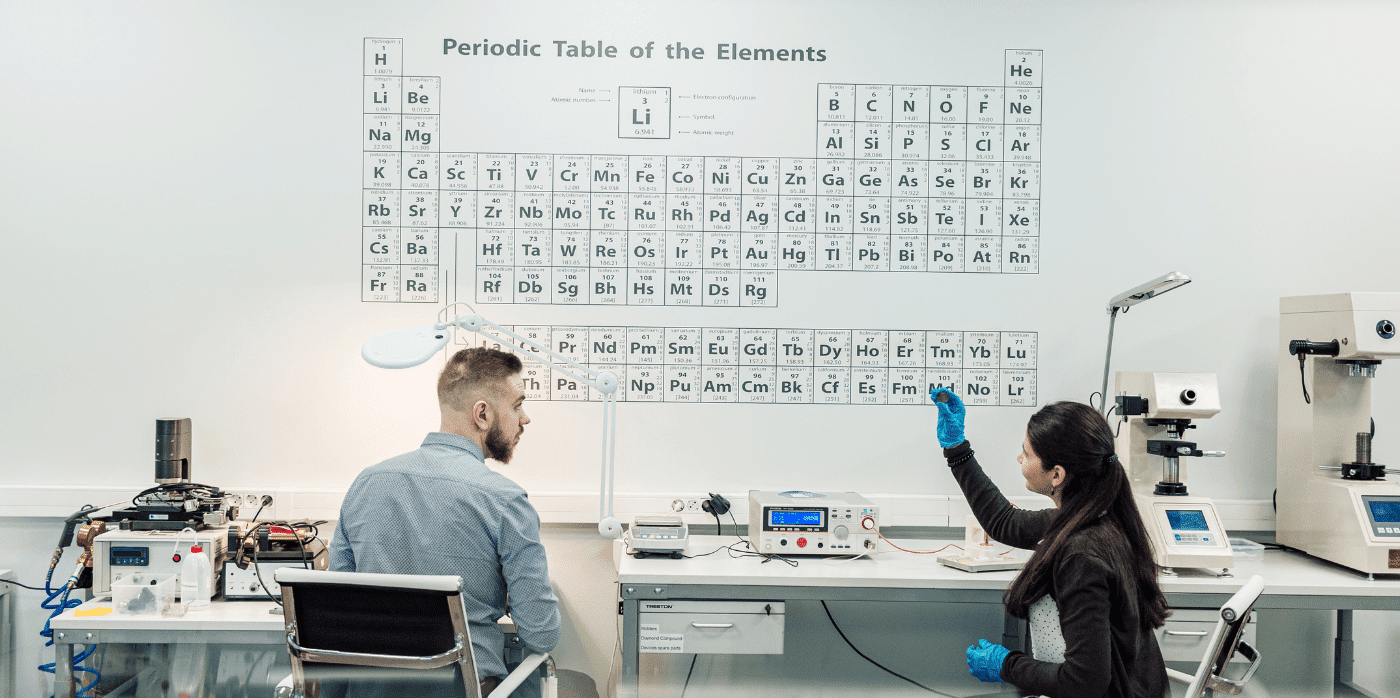
Spotted: Hydrogen is one oft-touted ‘green’ alternative to fossil fuels. Yet in order to produce green hydrogen, solid oxide and alkaline electrolysers are needed to increase the efficiency of water hydrolysis (splitting H2O into oxygen and hydrogen). While solid electrolysers use common materials such as Nickel or Zirconia, the more eco-friendly proton-exchange membrane (PEM) electrolysers use Iridium and Platinum. These are not only expensive, but also relatively scarce.
Naco Technologies, however, has now developed a way to reduce the materials needed to produce PEM electrolysers. The company has created a magnetron that can ‘sputter’ precious metals onto a surface using ‘targets’ as small as one inch in diameter and 0.5 mm thick. The process enables the creation of composite nano-coatings for use as PEM catalysts at a lower cost than previously possible.
Naco’s technology can also be used to decrease erosion, therefore increasing the efficiency of the coated material. According to the company, its solution uses 10 times fewer raw materials to create an electrolyser, decreasing costs by 30 to 50 per cent. Equipment based on the Naco designed magnetron system is also more compact and productive when compared to similar competitive solutions.
Naco recently received €1.5 million in a seed round of funding led by Untitled Ventures, with participation from Buildit Accelerator and others. Oskar Stachowiak, managing partner at Untitled Ventures explains that, “As the world looks to move towards a low-carbon future, hydrogen is now seeing increasing interest from companies and governments alike. Naco is an incredible example of a startup company that has a unique deeptech solution for a growing industry.”
Springwise has spotted an increasing number of innovations to aid in the production of green hydrogen, including hi-tech yachts that serve as mobile hydrogen plants and oil-eating microbes which produce ‘gold’ hydrogen.
Written By Lisa Magloff

